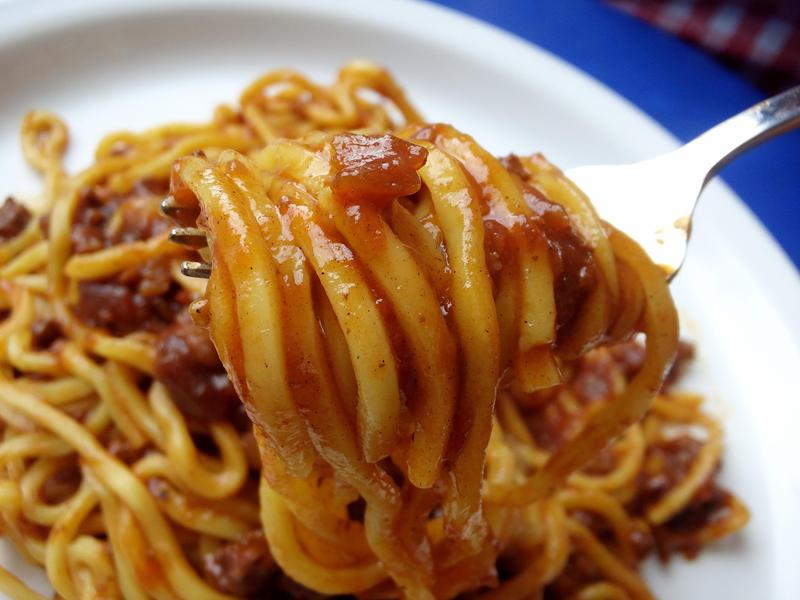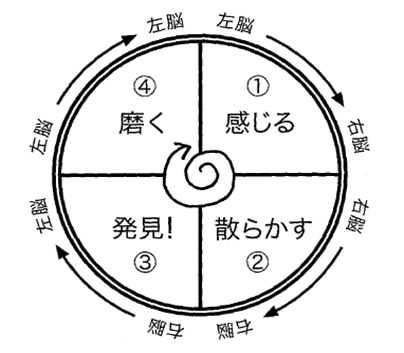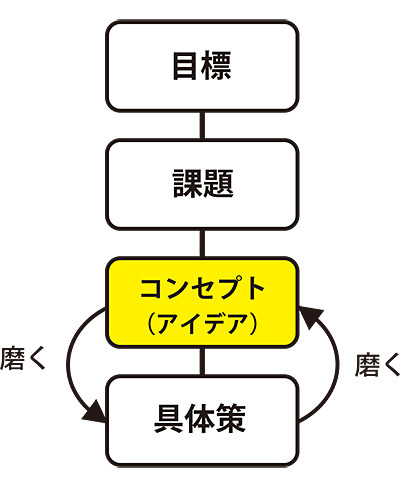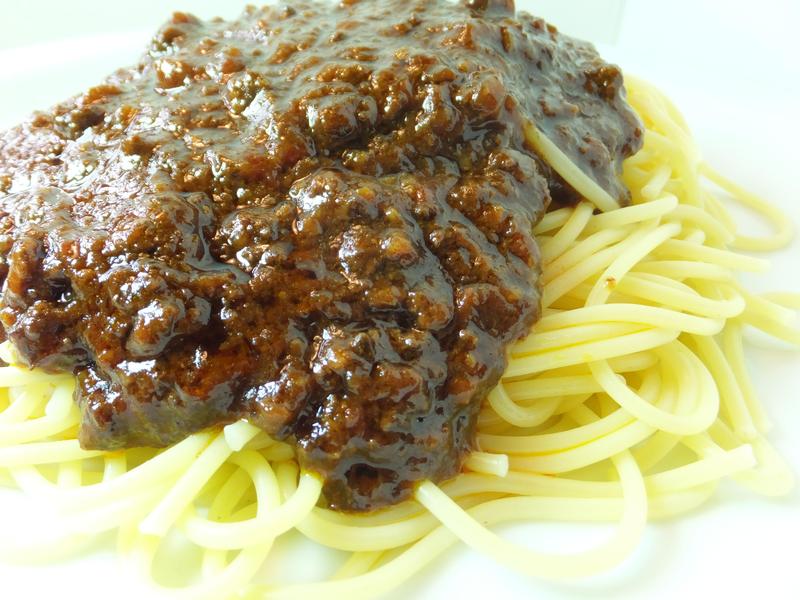The "Circular Thinking" method is a methodology for creating concepts (ideas). It involves gathering materials in "Feeling Mode," thoroughly examining every possible scenario in "Scattering Mode," and then obtaining the "Concept (Idea)" – words that logically align with the goal and challenge – in "Discovery Mode." Then, in the "Polishing Mode" we'll discuss starting now, concrete strategies are developed.
This is the process of "polishing" concrete measures with the concept (idea). A concept is like a searchlight; it illuminates specific things and actions in the darkness, giving them form. In advertising campaign development, various specialists—TVCM, promotion, media, etc.—create individual measures following the direction indicated by the concept (idea).
Simultaneously, it is also a process of "polishing" the concept (idea) through the concrete measures. Once you have a guiding word, some people treat it like a sacred cow, charging ahead without question. But the environment changes daily. Technical issues might prevent achieving the originally envisioned output. In such cases, it's crucial to flexibly revisit the concept (idea).
The actual practice of "refining mode" involves resetting what has been done so far, moving back and forth between the concept (idea) and specific measures, and reconstructing the whole based on new perspectives.
The "Richest Meat Sauce in Utsunomiya," which won the title of "Yokozuna" by triumphing 15 times in the "Yon'nana Club" online marketplace's signature "It's Real! Winning Championship" contest for regional delicacies, is a prime example of reimagining a product with a new concept (idea).
According to owner Hiroshi Kato, when "Supa-ya" opened in Utsunomiya in 1997, its original concept was "eating until you're full." To achieve this, they served 150g of dry pasta per serving (1.5 times the standard amount) and refined the seasoning to make it enjoyable in large quantities.
However, as Italian restaurants proliferated in the city, simply offering large portions reached its limits. The concern grew: "If it's just this menu, why not go somewhere else instead of 'Supa-ya'?" So, Kato resolved to visit over 100 pasta restaurants throughout the Kanto region, determined to "do what other shops don't do" and "sharpen the menu items I personally want to eat."
Visiting numerous restaurants, he realized that "what makes you want to come back isn't just deliciousness, but something memorable." He thus set a new concept: "A flavor that hits you hard with the first bite and stays with you two days later." He rebuilt everything from scratch. He realized that simply tweaking his existing meat sauce wouldn't achieve his vision. He discarded the old recipe, first defining the "visual color" that best embodied his concept. From there, he refined the sauce flavor through countless trials and errors. Naturally, the noodles are also original. Following his concept, he collaborated with the president of a noodle factory, iterating prototypes until they perfected their signature thick noodles.

The resulting product is so distinctive that the website openly admits it's "definitely not for everyone." The chewy thick noodles are coated in a rich, sweet sauce, creating a taste that feels both familiar and new – like an evolved version of the soft noodles from school lunches, evoking a nostalgic yet novel flavor.
Rebuilding everything from scratch is no easy feat. Yet, even the slightest complacency—thinking "it's fine to stick with what we've always done"—completely dulls the edge of a new concept. The brilliance of "Utsunomiya's Richest Meat Sauce" lies in its complete rejection of previous meat sauces. There lies the pride of professionals who refuse to compromise. Moreover, the boldness to start with the "visual impact" to maximize the initial impression likely crystallized into this unique product.
Next time, I'll continue discussing the challenges of the refinement phase. Specifically, I'll touch on what's known in business studies as the "Valley of Death."
Enjoy!






